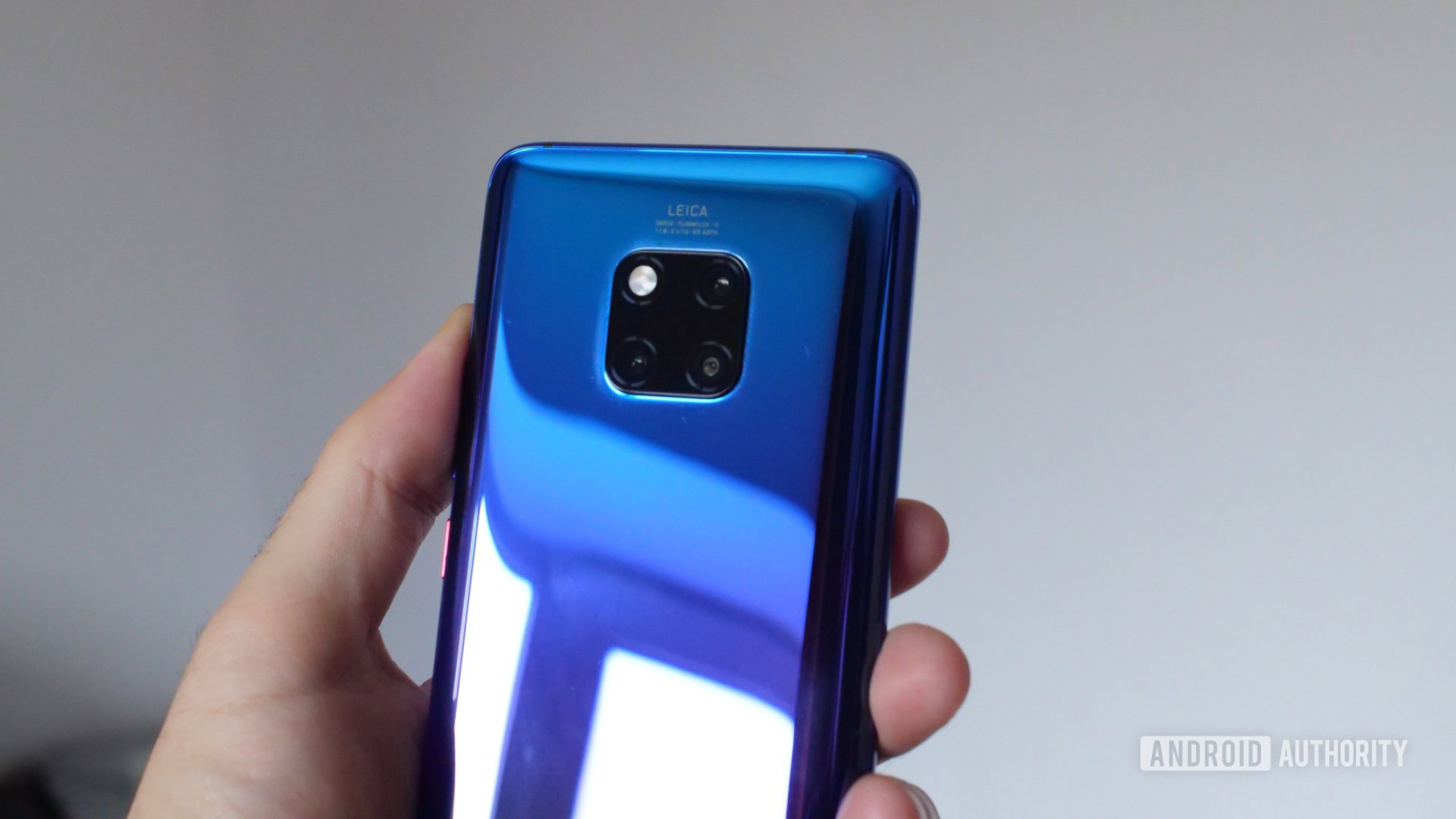Affiliate links on Android Authority may earn us a commission. Learn more.
HUAWEI reacts after it's caught using DSLR photos for its P30 campaign
Published onMarch 13, 2019

Update, March 13, 2019 (12:15AM): HUAWEI has issued a statement after it emerged that it was using stock photos in its P30 promotional material. The firm says it’s now aware that there could’ve been a “misunderstanding” regarding these images.
“We would like to reiterate that those are, in fact, only teaser posters, and are only intended to hint at the unique new features that will come with the HUAWEI P30 series,” the company said in a statement issued to Android Authority. “HUAWEI has acquired the licenses to the original images and the posters are artistic renditions of said features only. We’d like to take this opportunity to thank the media for their interest in our posters.”
The company concluded by saying it had “much to announce” in the coming weeks. Of course, the HUAWEI P30 event takes place on March 26 in Paris, so we’d expect a better look at its periscope camera tech, among other features.
Nevertheless, HUAWEI probably could’ve avoided most of this if it simply added a disclaimer from the get-go.
Original article, March 12, 2019 (8:24AM): Huawei has the dubious distinction of being caught out at least twice over the years for arguably misleading users regarding its smartphone cameras. It looks like the company is going to make it a hat-trick, as it’s reportedly been caught for yet another instance of questionable marketing.
Huawei’s Richard Yu published a series of photos on Weibo, teasing the P30’s March 26 launch event in Paris. It’s implied, but not actually said, that the images were taken with the HUAWEI P30 devices. This is largely due to the zoom effect used in these snaps, with the P30 series confirmed to offer a periscope camera setup for better zoom. People with a trained eye might be able to ascertain that some of these photos are too good to be true, but your average consumer might not be able to make that judgement.
GadgetMatch noticed that the image showing an Indonesian volcano (seen main image) looks suspiciously similar to a snap taken by photographer Tom Pfeiffer in 2009. Furthermore, GSMArena reports that the photo showing a child and ducks wasn’t taken by the P30 either. In fact, this photo was published in 2016 by photographer Jake Olson.
According to Engadget journalist Richard Lai, the offending images have since been updated with a disclaimer noting that they’re meant for creative purposes only.
Having compared the “fake” HUAWEI P30 sample shots grabbed by GSMAreana with the ones in Richard Yu’s weibo post, it’s safe to say that HUAWEI updated the pics with a disclaimer *after* being called out. This wouldn’t have been an issue if this was done in the first place. pic.twitter.com/8RmRPFWcIO— Richard Lai (@richardlai) March 12, 2019
The company was caught out in 2016 with the HUAWEI P9, implying that a shot taken with a DSLR camera was actually taken with the 2016 flagship. The manufacturer made headlines in 2018 too, after a model’s Instagram post revealed that the Nova 3i wasn’t really used to take a selfie in a TV ad.

You have to wonder why HUAWEI takes this route when its flagship cameras are already among the best in the world. Surely the firm stands to gain more by using photos from its phones in its marketing material? At the very least, a disclaimer from the get-go would’ve been the more sensible (and ethical) option if it really wanted to use these original pictures.
Huawei’s decision to retroactively issue disclaimers in all three cases over the years also makes you wonder about its marketing efforts across the board. Has it tried to pass off other DSLR snaps as authentic smartphone samples that have gone under the radar?
To be fair, the Chinese brand isn’t the only player caught out in this fashion in recent years. Samsung Brazil tried to pass off stock photos as selfies taken with the Galaxy A8 last year. Hopefully, smartphone manufacturers tread carefully in the future, either using proper photo samples or issuing disclaimers from the get-go. Otherwise, we might be hearing about misleading HUAWEI P40 images in 2020.
NEXT: HUAWEI Watch GT launched in India — Is it a smartwatch? Is it a fitness tracker?